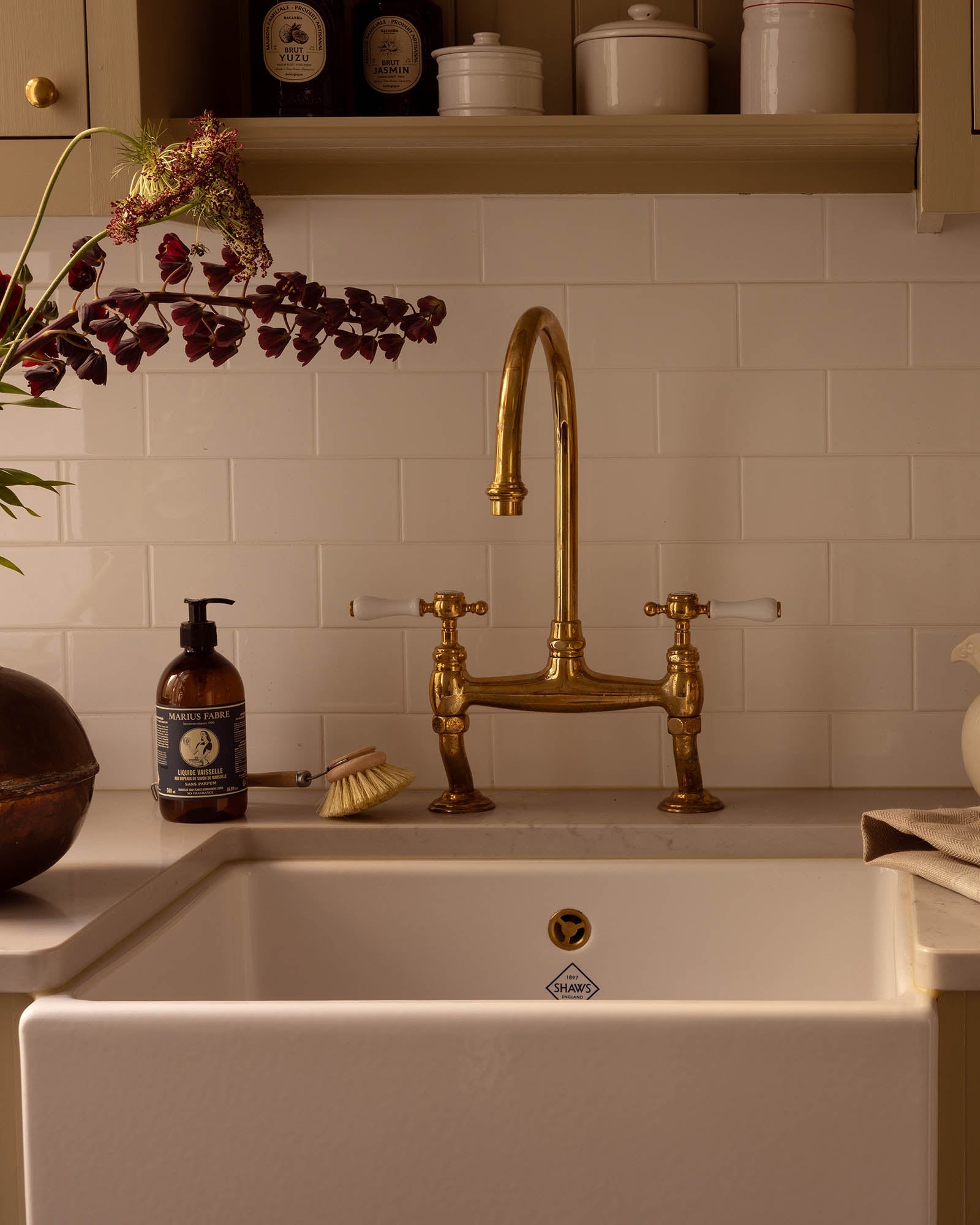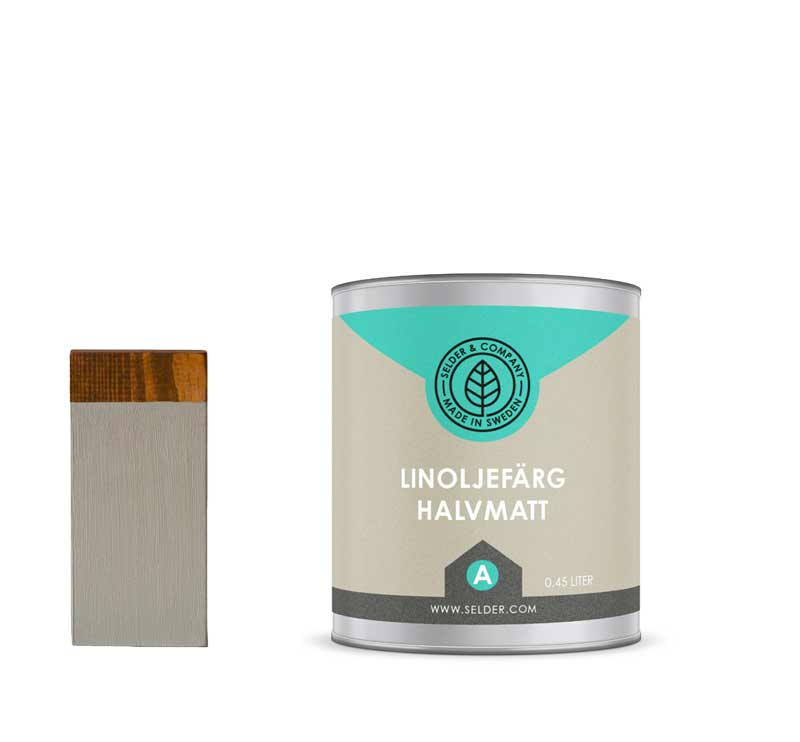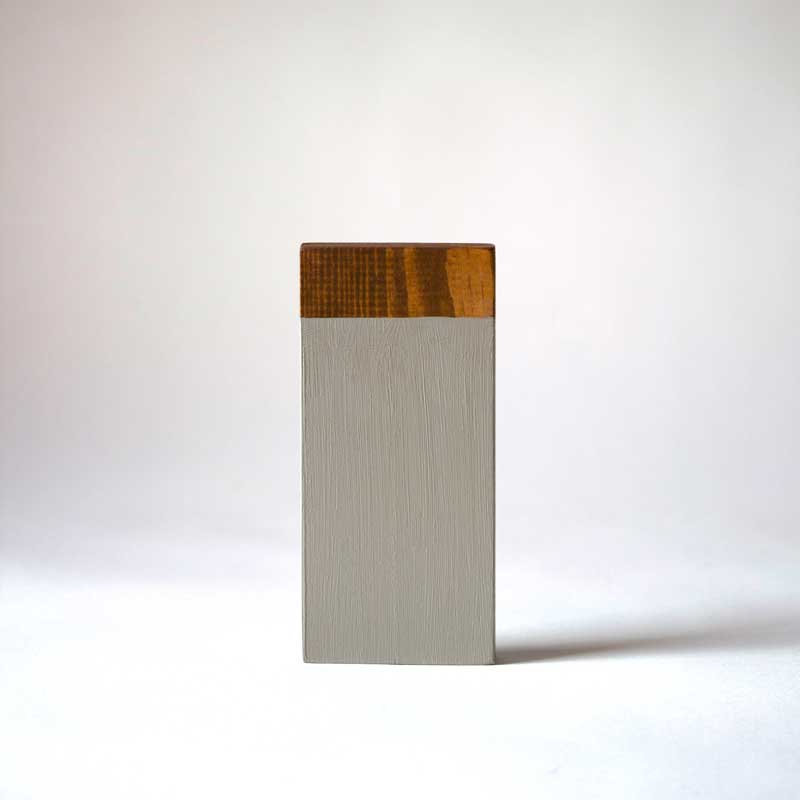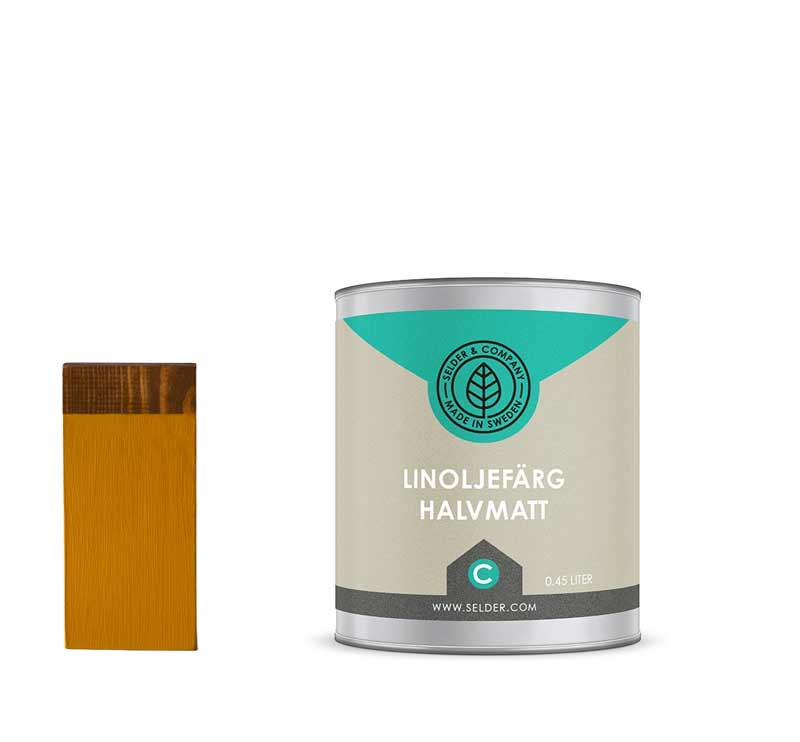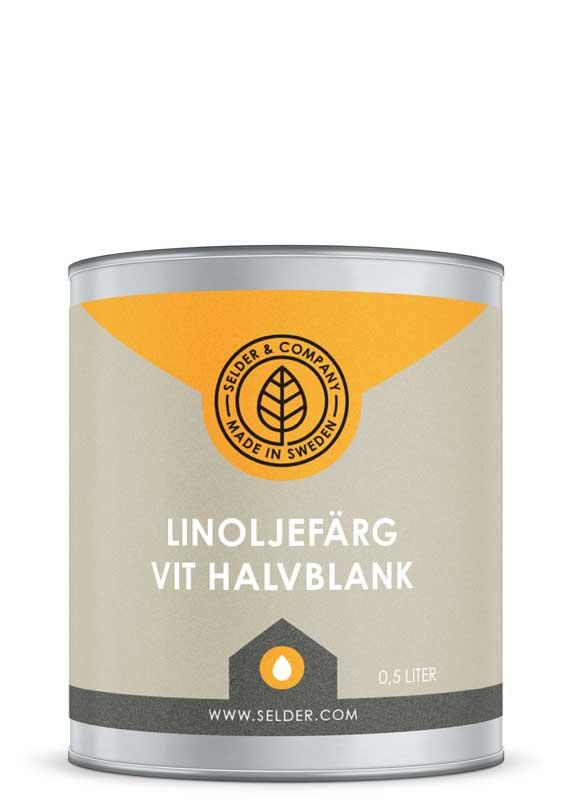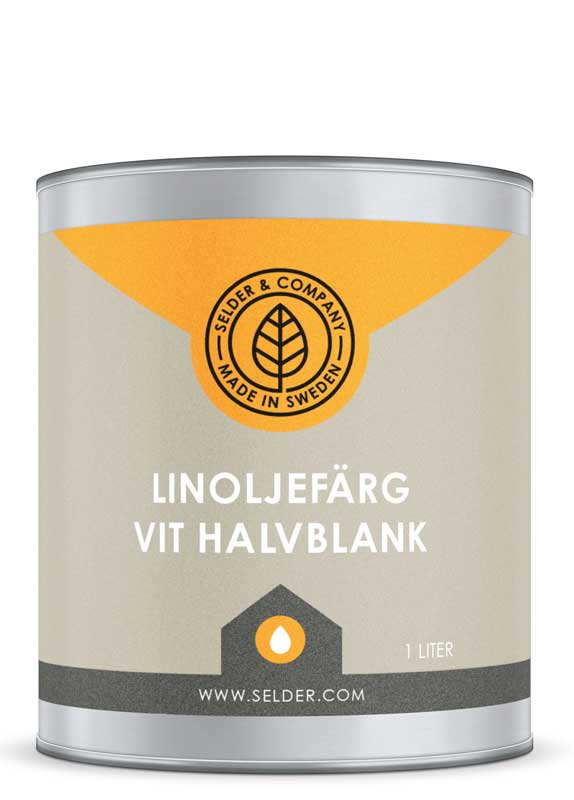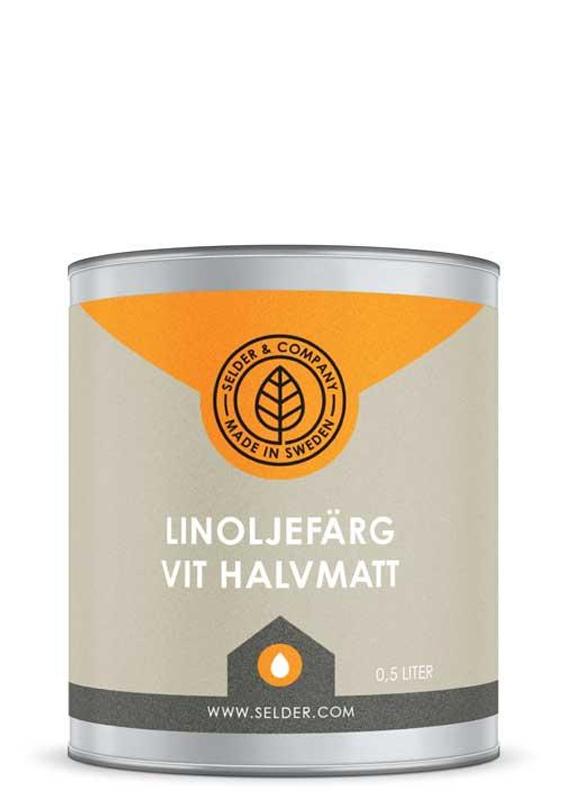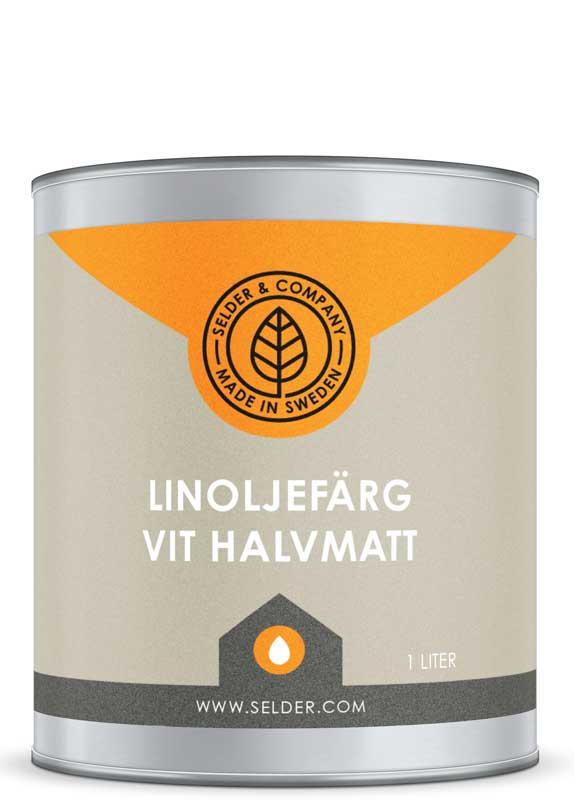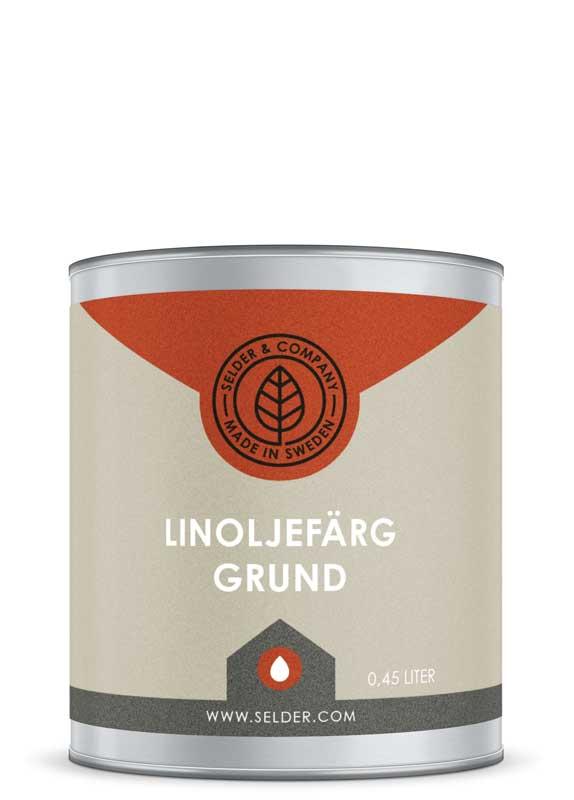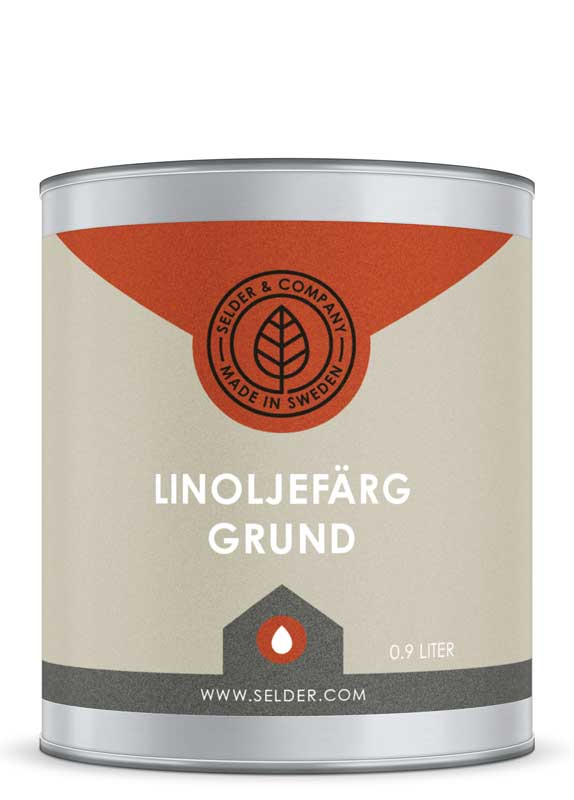What shapes and color schemes were typical for house facades during different time periods? There is of course no exact answer to this, as tastes varied greatly then just as they do now, but certain trends and common color combinations can still be identified.
1880–1900 Neo-Renaissance
Houses built in the late 19th century were often richly decorated with ornate architectural details and woodworking. Personal expressions such as turrets, delicate ornamentation, and turned profiles were not uncommon. Great attention was given to decorative woodwork, which was proudly displayed on beautiful verandas and around windows.
The facades were painted in light oil colors that contrasted with darker trim and window frames. Yellow beige, yellow white, and gray white were common colors. The entire house, and particularly the roof, was often adorned with decorative wrought iron or wood details. See image 1. Roofs were frequently covered with sheet iron, painted black, gray, green, or red.
1900–1910 Art Nouveau
A sensual design language inspired by nature’s organic forms shaped the Art Nouveau style (also known as Jugend). Because the soft shapes were difficult to achieve with wood paneling, stucco was used more often. The stucco could be painted with Falu Red or oil paint in light shades. Wood trim was typically white, and steep mansard roofs were preferably covered with red clay tiles. See image 2. Photo: Wikimedia/Ingmar Engström.
1910–1920 National Romanticism
During this period, many villas were built with vertical board-and-batten cladding, a method where wide gaps are left between boards and then covered with battens. Houses with vertical paneling were often painted in dark, preferably brown shades. Trim and corners were typically not accentuated but allowed to blend into the whole. See image 3. Houses with horizontal cladding were usually painted traditionally with linseed oil paint or distemper such as Falu Red with white trim.
1920 Classicism
In the 1920s, color schemes could vary widely. At the same time, urban planning aimed for harmonious street views where houses complemented one another. See image 4. Vertical wood paneling dominated and was often painted with linseed oil paints in light tones such as white, gray, and yellow. Trim and corners were usually off-white. Decorative architectural elements were common, such as corner pilasters (a visual support for the roof), and columns with capitals on corners and open entrances. See image 5.































































































